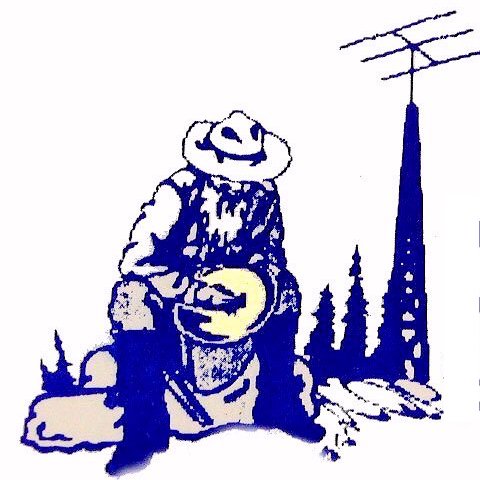by Norm Wilson N6JV – Visit the museum at N6JV.com
R3 – RECTOBULB
In the July, 1927 issue of QST magazine, an advertisement was published featuring the “6EX Rectifier” by a company named the National Radio Tube Company of San Francisco, CA. The call 6EX was held by a Garrett Lewis. Rectifiers like the 280 and the 281 had become available by 1927 for receivers and low power transmitters, but no rectifiers that would handle the voltage and current required to power the larger transmitting tubes hams were wishing to use. Arc rectifiers could be used but, they weren’t practical for most hams. It was unusual to see a tube named alter a ham. Hams would be assigned prefixes sometime in 1928.
The 6EX was later designated the R-3 and started life as a high vacuum type, but the final product was mercury vapor with an indirectly heated cathode. The maximum plate voltage was 7500 peak inverse volts at 250 ma. The filament ran on 10 volts at 1.7 amps. The tube had a standard UX base and a threaded stud out the top for the plate connection.
I don’t know how well the tubes were selling, but Lewis had a ham friend in Southern California who wanted to replace the ARC rectifier he had sold him and build a new power supply. The friend was Don Wallace, 6AM, and he wanted to go big. Lewis had also sold Wallace a re-built F328A which was a water cooled, 5 KW triode.
Don didn’t like QRP. Don bought six 3 KVA pole pigs that were 220 volts in and 6000 volts out from the power company and mounted them in a rack with six of the new R-3 rectifiers. The new power supply would be wired for six phase operation. The schematic and rack photo are copied from QST magazine of February, 1928, where Don and Robert Kruse of the QST staff, wrote a 9-page description of the final power supply. Six phase rectification results in an output ripple of six times the input ripple frequency. In 1928, 360 Hz was considered a good CW note and adding a filter condenser would be very expensive. The R-3 may have never been a commonly used tube as in a few years, the RCA 866 went into production and the R-3 became only a collectable. Before WWII, Lewis moved to Silicon Valley where Lewis Electronics was formed and participated in tube production for the war effort. In 1949 Lewis and Kaufman was organized and operated into 1956. In about 1962, I bought two 3 KVA pole pigs from PG&E for $3 per KVA.

